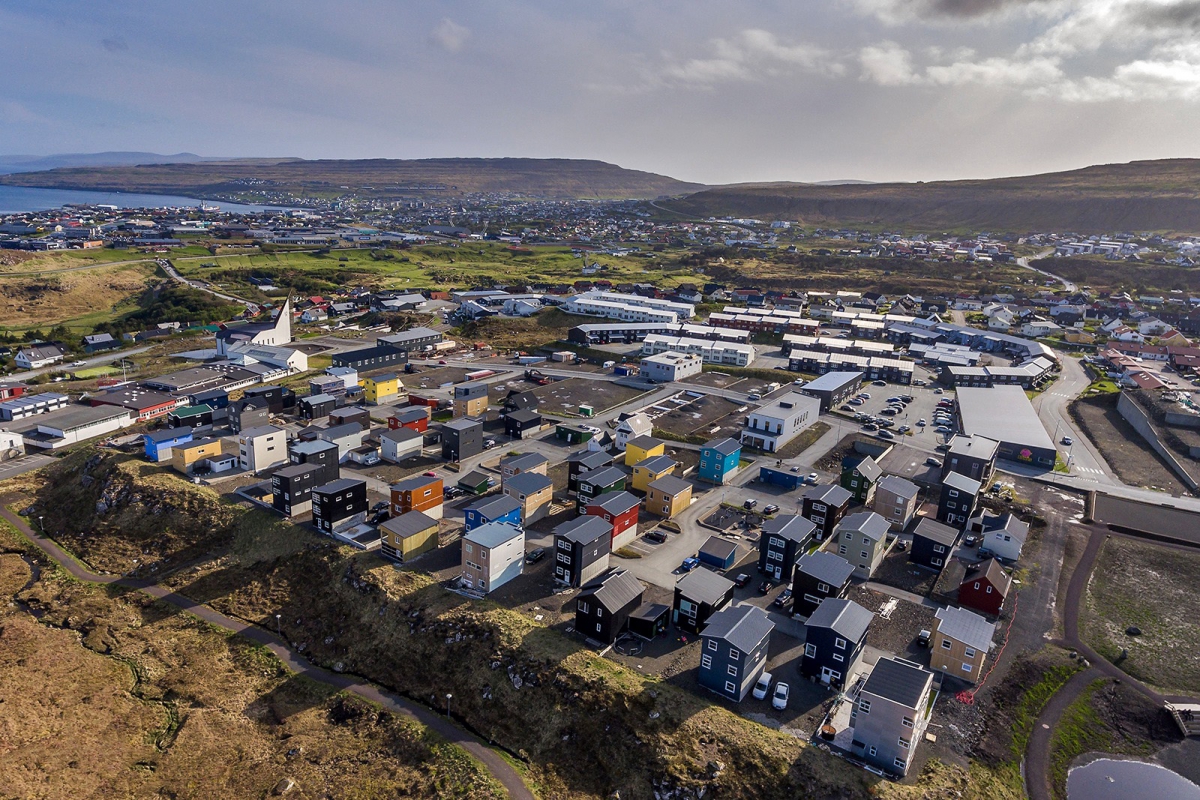Balance of payments
06. May 2021
Foreign assets remain unchanged

Faroese net foreign assets DKK 5.4 billion in 2018 and DKK 4.1 billion in 2019. These are slighly lower figures than the DKK 5.7 billion in 2017. Both assets and liabilities have increased signficantly in recent years, partly due to higher share values and an increase in investments abroad.
Net assets have not increased in line with the large surpluses in the current accounts. This is largely due to a significant portion of the increase in foreign debt resulting from value fluctuations.
[px-graph-1]
General government, financial corporations and housholds saw a net asset increase of DKK 11.3 billion from 2012 to 2019, while businesses in the same period increased their net liabilities by almost DKK 8.7 billion.
[px-graph-2]
More than half of Faroese assets abroad are held in bonds. The bond portfolio has increased by DKK 2.6 billion since 2017. However, most of the cumulation of assets abroad is due to increased investments in foreign companies.
Just under half of liabilities are the result of foreign investments in Faroese enterprises. This figure has increased greatly in recent years. It is, however, worth noting that this increase is largely the result of value fluctuation rather than an increase in foreign investments in the Faroe Islands.
After being on a decrease in recent years, Faroese loans abroad increased by DKK 2.6 billion from 2018 to 2019. All sectors, except general government, saw an increase in foreign loans from 2018 to 2019.
[px-graph-3]
Foreign assets and liabilities
These statistics give an overview of Faroese assets and liabilities abroad. Net assets are the value of assets minus liabilities. If net assets are positive, the rest of the world owes money to the Faroe Islands. The foreign assets and liabilities statistics show the Faroese balance sheet in relation to the rest of the world at the end of every year. The figures are divided into institutional sectors and type of financial instrument. The institutional sectors are ‘general government’, ‘financial corporations’, ‘non-financial corporations’ and ‘households’. The types of financial instrument include ‘direct investments’, ‘equity securities’, ‘bonds and notes’, ‘currency and deposits’ and ‘loans’.